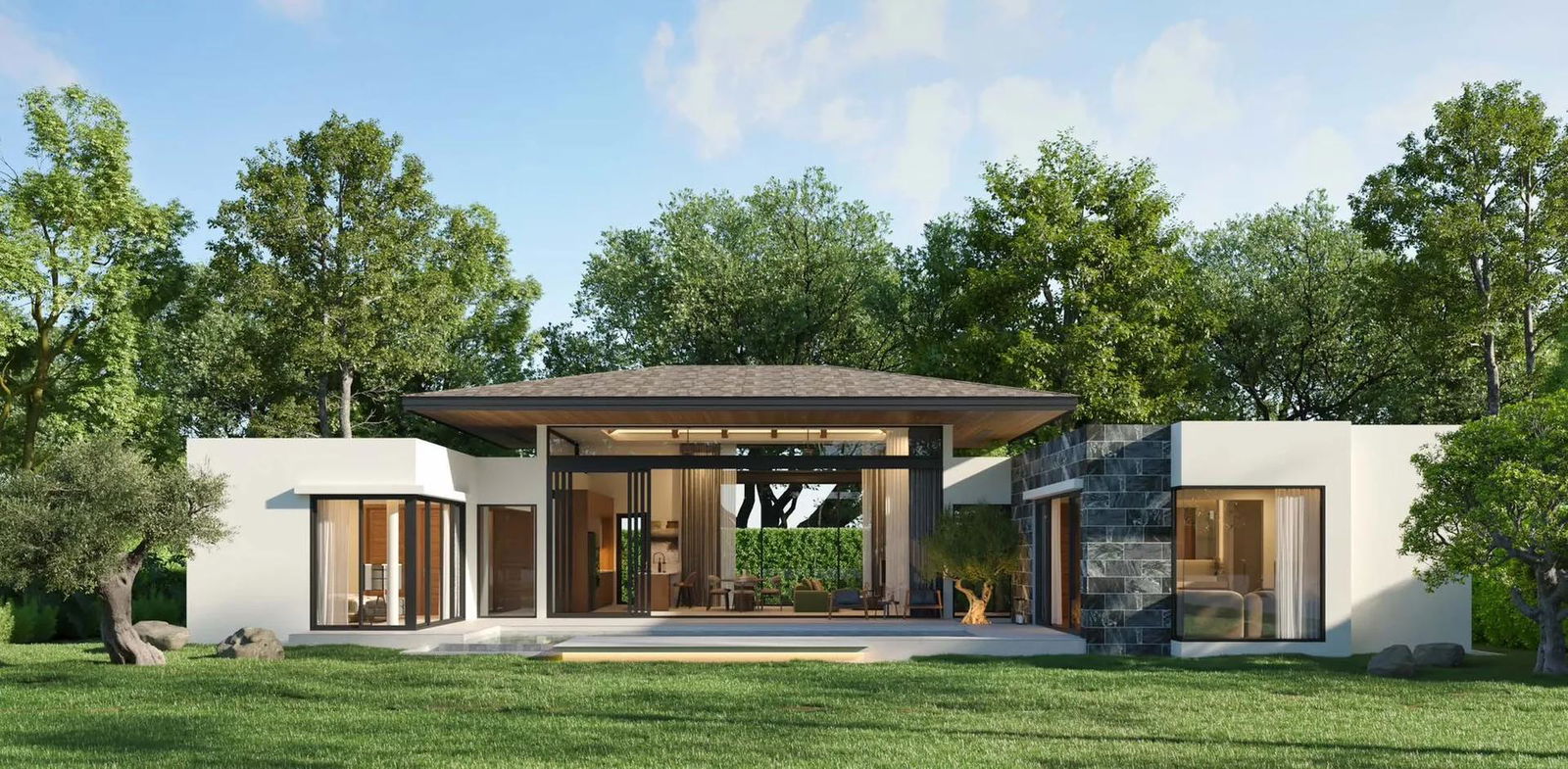Investment case study: buying a villa on Phuket for investment
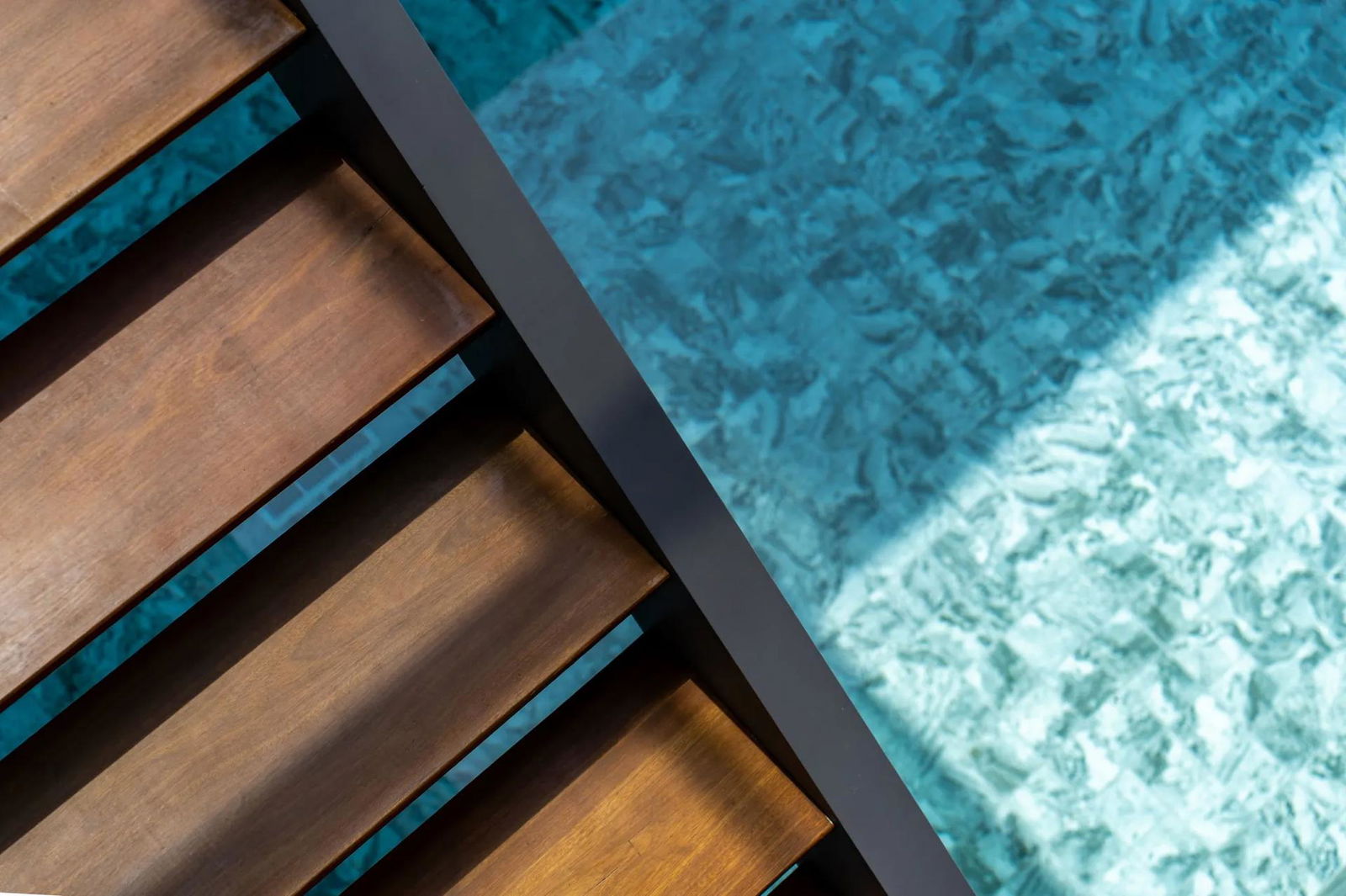
In this installment of our investment case study series, we will dissect the most popular inquiry we get: buying a villa in a holiday destination for investment. We will use buying a villa on Phuket as an example, as it has the widest selection and the most developed rental ecosystem for investors.
This article will be a bit more theoretical than previous ones, as we want to use this case as a springboard to dive into the mindset with which, we believe, you should approach a property purchase.
👉 SUNWAY says:
We won’t be going in detail on the villa ownership in this article, but it bears mentioning that due to restrictions on land ownership, foreign buyers will have to buy any landed properties - houses, townhomes, villas - under either leasehold or Thai company setup. You can find more information in our respective article
First, let’s define the scenario at hand. When someone is buying a villa in a holiday destination as an investment, they are looking to maximize their rental returns in the immediate, medium, or long term (depending on how long they intend to hold it), to be able to resell it in due time and enjoy a good capital appreciation doing so.
There are, generally, 2 approaches to this.
First one is looking for unique properties that have selling points that cannot be easily replicated: location (beachfront plots are naturally limited, so are plots around parks, lakes, plots close to subway stations and so on), branding, being a landmark development (or a part of a landmark master development), involvement of a renowned architect etc. This kind of homes will generally prioritize higher capital appreciation - because you are effectively optimizing for scarcity, - but they also will naturally gravitate way towards the more expensive end of the market.
The second, broad one is choosing your budget and optimizing for the best potential ROI within that budget. While this sounds increasingly general to the point of being unhelpful, the point here is you have to consider the purchase entirely through a lens of rental return and resale value, which in many cases might be at odds with your personal idea of a perfect home. In what ways? Let’s take a closer look.
Location (…, location, location)
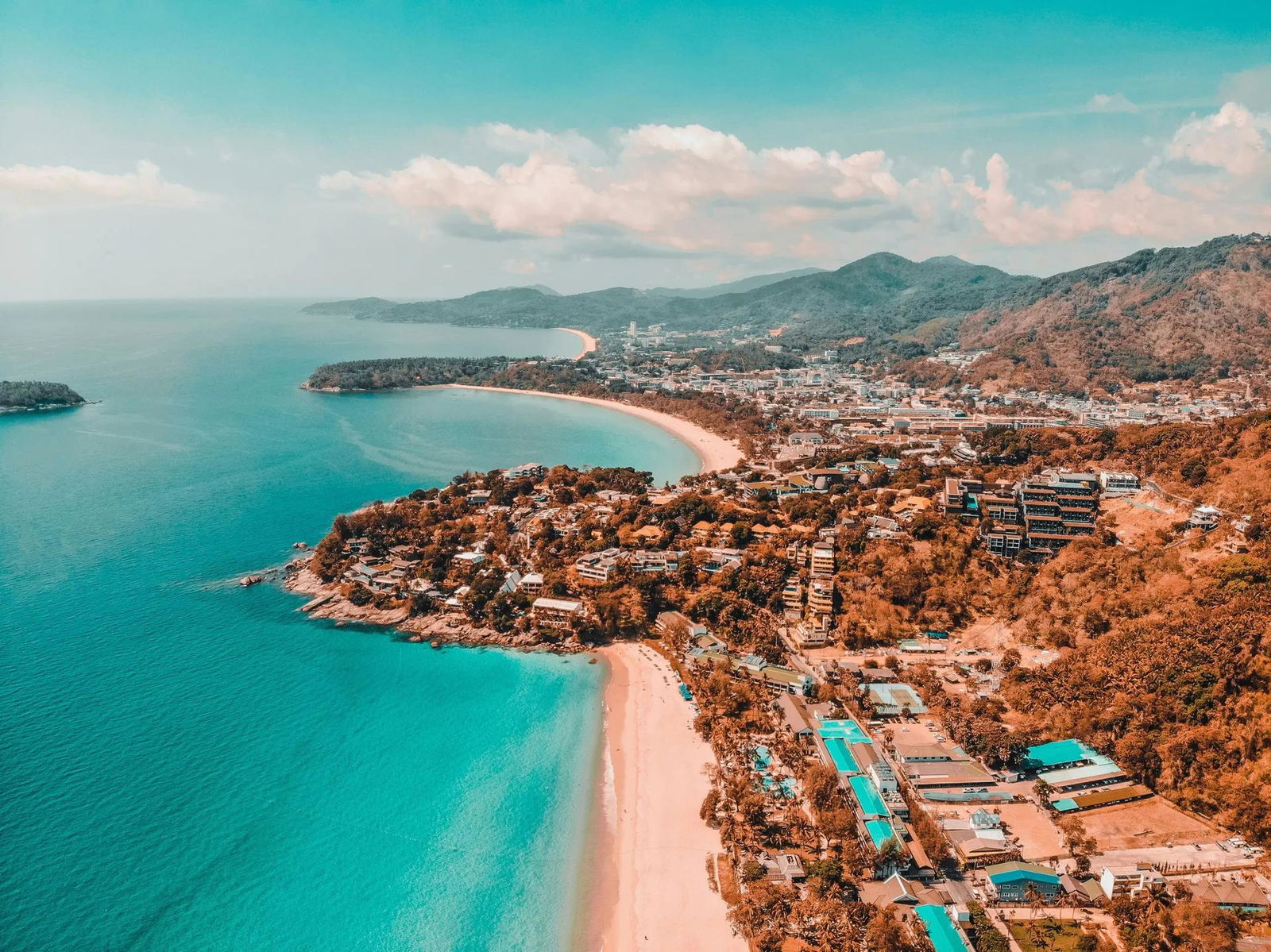
Let’s consider the impact of location from 2 different perspectives:
- Rental appeal. Simple enough. You want a villa in a place where people want to stay and where the supply doesn’t outpace the demand.
- Capital appreciation. You want an area where the land prices (and, by extension, property prices and rental rates) still have space and reasons to grow in the immediate future.
This means that while you want to stick to major tourist areas, you need to find neighborhoods that aren’t overly developed at the moment but are poised for active development in the next few years. How to identify those is a topic for separate conversation, but mainly it boils down to either a natural shift from prime areas to nearby locations as the land plots become scarce and more expensive, or major infrastructure or commercial developments driving price growth in surrounding areas.
Finding a good location as per the above will go a long way to ensure that your rental income and home value start off at a good level and keep growing.
Another approach is to find an underappreciated property in a prime location. Here it’s important to note that you effectively frontload your appreciation, so keep that in mind when assessing the deal.
Building and plot
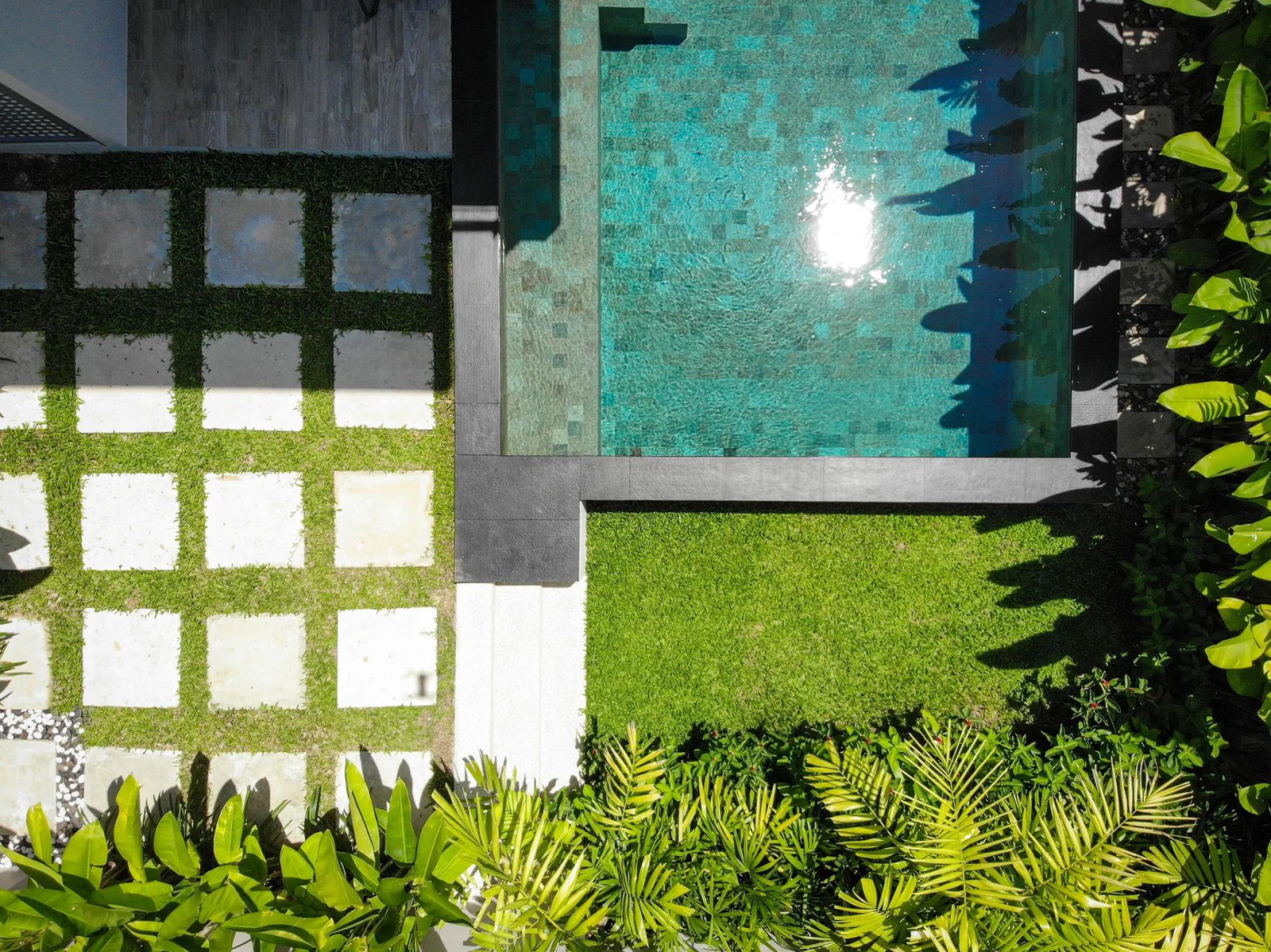
Everything on this list is a balancing act, built-up area and plot areas even more so.
Every square meter of land or built-up area means extra cost. Adding a second floor means extra cost. Complex landscaping means extra cost. Thus to make sense in an investment scenario, they have to result in a proportional increase in rental rates. How do we balance diminishing returns here and how do we translate this into real-life criteria?
Let’s talk about archetypes.
Let’s remember for a second that we are discussing a tropical villa. When people think about a villa on Phuket most of them will have an image in mind - what they expect a Phuket Villa or Thai Villa to be. We didn’t put any villa pictures on this page up to this point - and yet you, dear reader, have an image in mind as well. It’s probably a single-story villa opening towards a swimming pool. It probably has a sundeck, a sala, likely some tropical flora - a palm tree, perhaps. It’s probably built in either a Thai-Balinese style or modern minimalism. (It might also have a sea view, but we suggest going to Samui for sea-view villas).
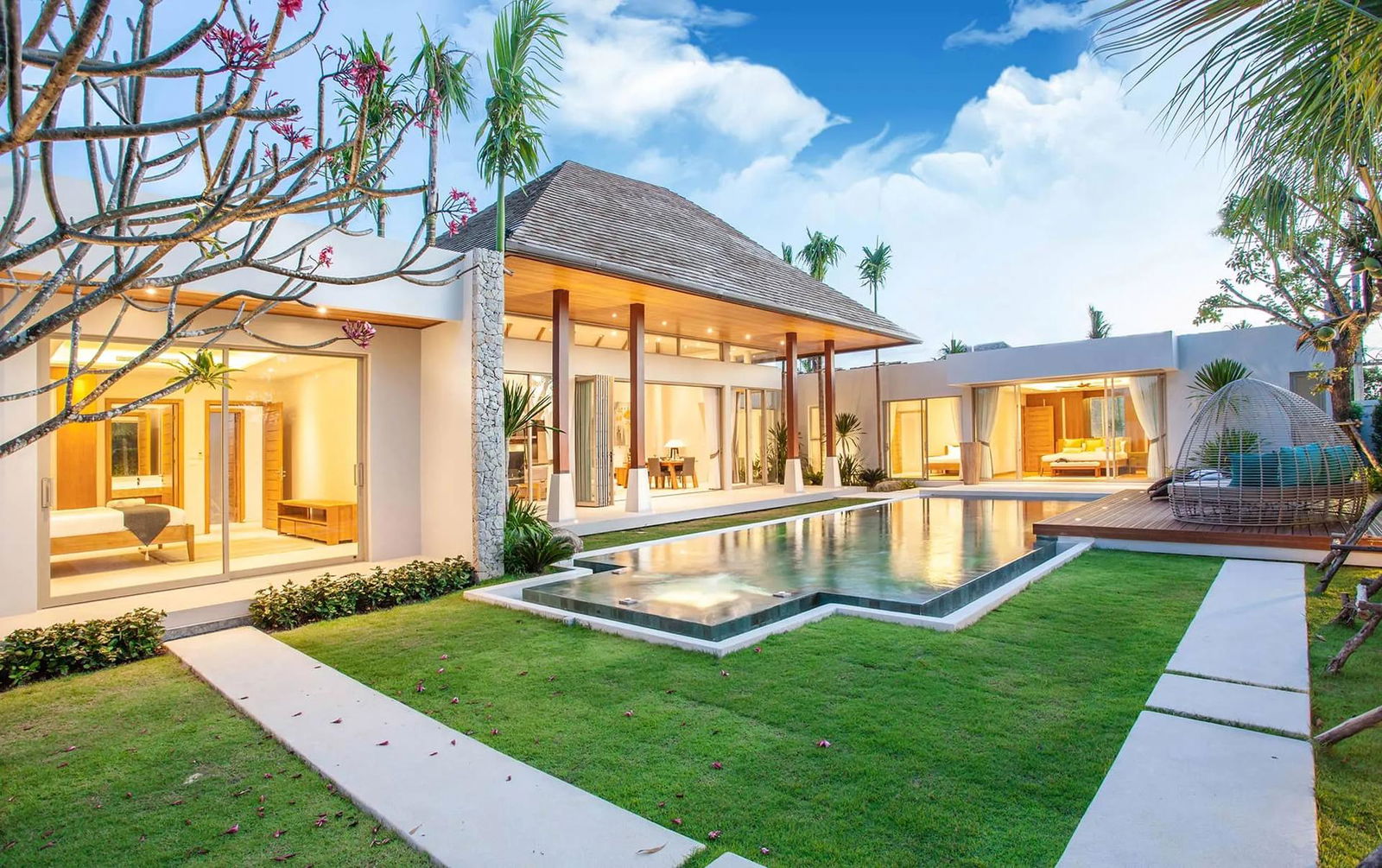
Why are archetypes important? Because our expectations inform our demands and preferences. There is value in going against the expectations, but in a general case you want to stick to them. Most people who buy or rent a villa on Phuket don’t want a city house they might as well buy in their hometown, or an avant-garde ultra-modern home, or a townhome. They want a Phuket Villa.
In practice, it means that you generally want to consider a single-story pool villa if you want it to rent well with vacation crowds. Two-story layouts, perhaps counterintuitively, work for bigger villas, where added height is offset in the floor area increase, however, those are normally more suitable as a primary family home. You want a plot that isn’t big enough for a decently sized pool and at least some greenery. However, keep in mind that, since you also want a prime location, land will be at a premium - so better keep it big enough, but not bigger.
How many bedrooms do you need? 3 bedroom villas are generally the most in-demand, although post-COVID 4-bedrooms surged in popularity as well, as a part of the general trend towards bigger living spaces.
Standalone vs a project
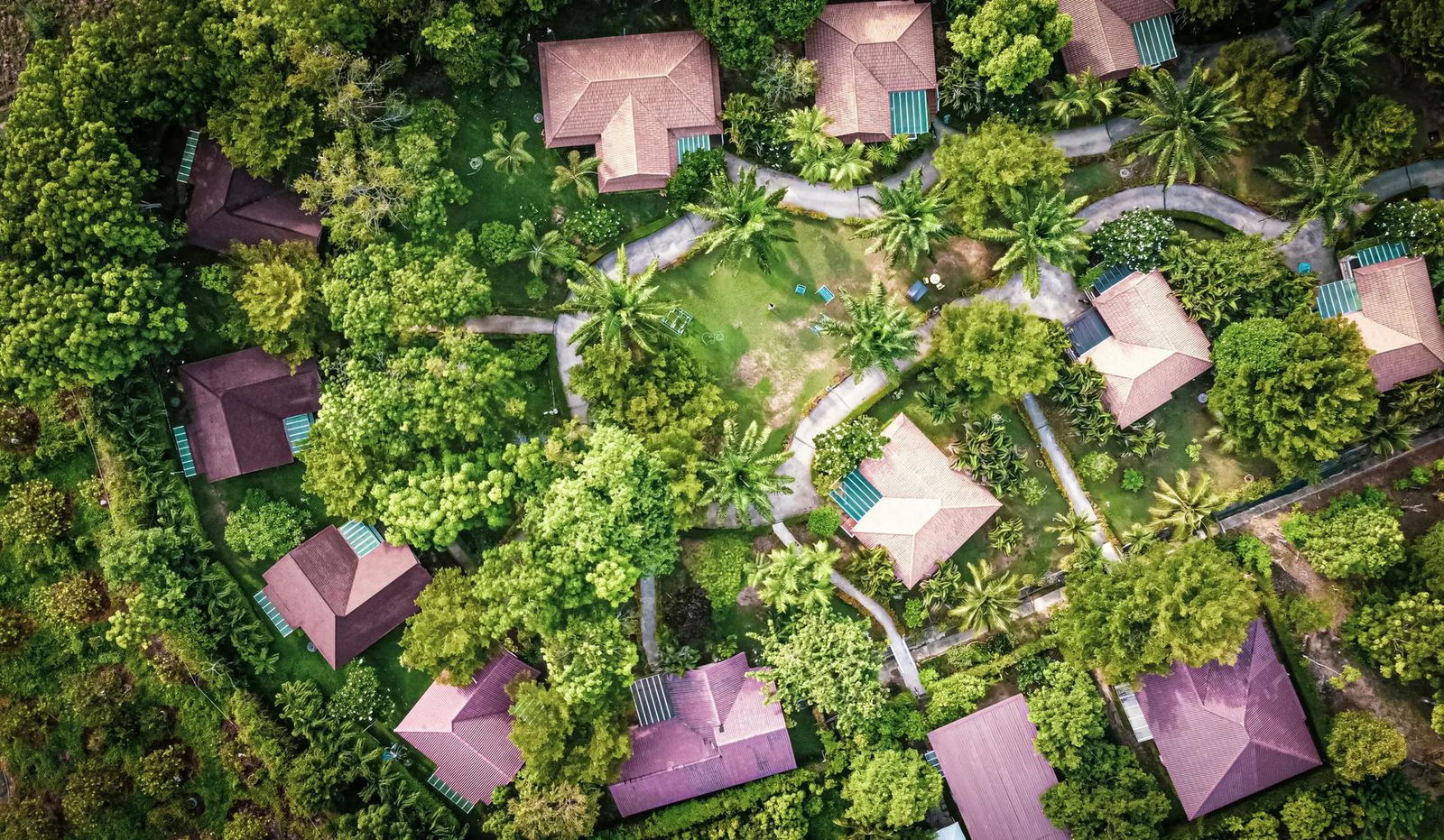
Most homes on Phuket currently are built in projects or villages - gated communities with private internal roads, security, management company, sometimes with additional community infrastructure, like a clubhouse, communal pool, gym, tennis court. Standalone villas are just that - a single villa, that doesn’t belong to any project. There are also smaller-scale projects that blur the line between the two - the developer builds several villas that don’t have much - or any - common territory or facilities. For this feature, we consider them to share a category with standalone homes.
Which one should you consider for investment? If you’re looking for an investment, we strongly recommend buying in a project. People want security, people like amenities (especially families with kids, who need spaces to socialize and play); moreover having a (competent) management company will remove an enormous amount of work out of equation for you. The latter is especially important: firstly, because unless you plan to settle on Phuket (and even then), you need to have someone on the ground who can take care of small details and emergencies, and secondly because good maintenance is the key to the long-term appeal of your property.
It’s also important for many investors that many projects offer in-house rental management service. These are usually not mandatory, so you can choose a 3rd party service instead. Both will allow for, effectively, a hands-off rental investment.
Standalone villas make sense for some of the high-end villas, or if you want to build a highly custom villa for your family (although the latter often will be possible within a project as well).
Off-plan vs completed
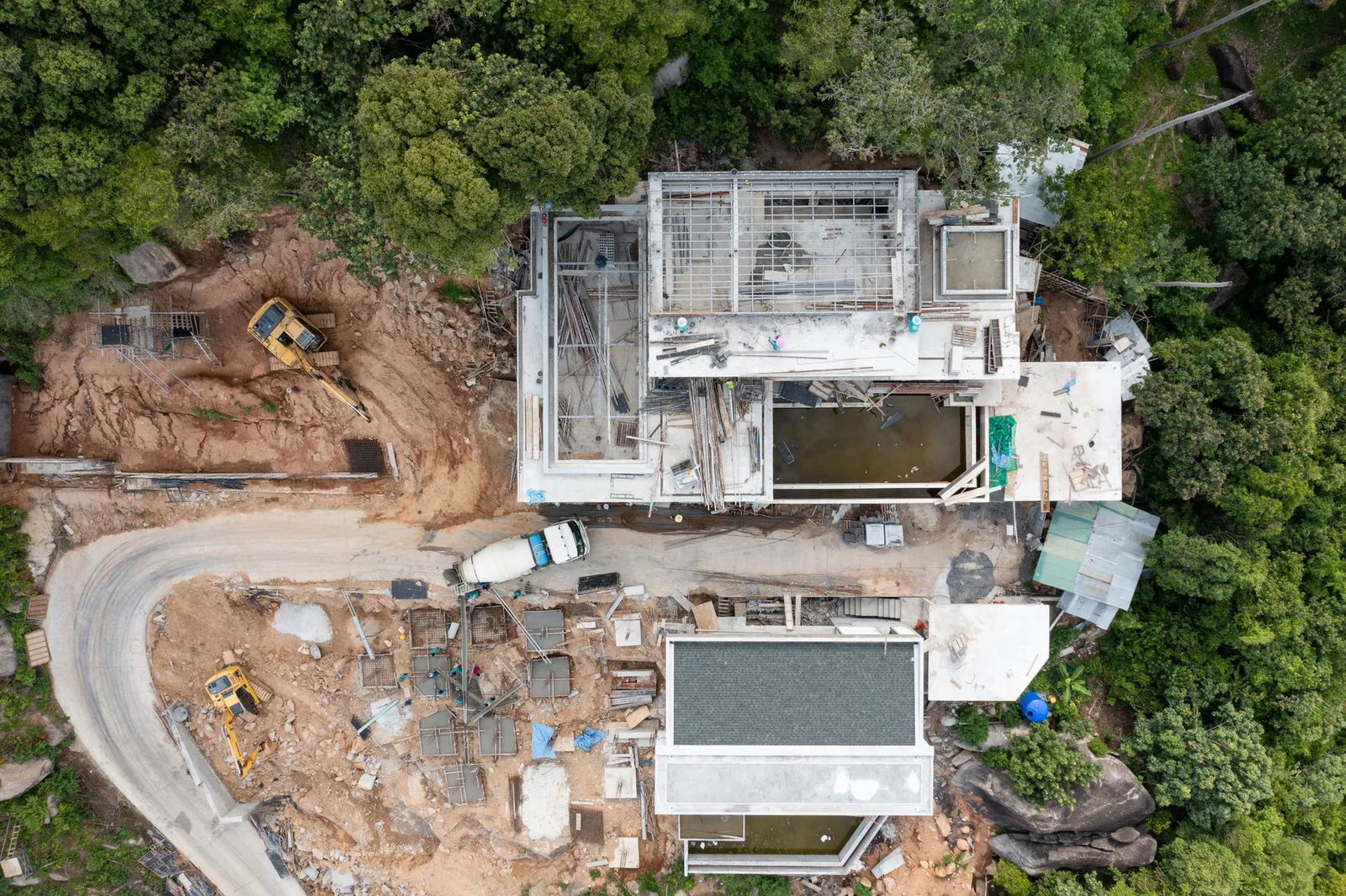
The term ‘off-plan’ refers to properties that are under construction or yet to begin construction. While if you are buying something for your family, you might want to move in as soon as possible, for an investment buyer off-plan purchase will be a better option.
The reality on Phuket is that:
-
For most properties - condos and villas alike - you get the best price at off-plan stage. The prices are the best at early presales and normally increase 20-30% as the project is completed.
-
For most villas, you simply cannot buy a new completed villa from a developer. There are some exceptions - townhomes and semi-detached homes are built in blocks, some projects are built in stages, and there are some rare projects that start building all the homes right away - but by and large most villas are built-to-order. It means that the developer starts building a villa only once the sales and purchase agreement for it is signed and a downpayment is made.
There are resales of course, but they are normally more expensive than off-plan - everybody wants their real estate investment to bring a tidy profit.
👉 SUNWAY says:
The above is not to say that looking for a good deal on a completed property isn’t a good strategy - it is! Fire deals and distressed assets are property investment staples. However, a seller listing property lower than off-plan (i.e. at loss) normally means one of 2 things. Either they are selling it because of personal - often unfortunate - circumstances, which means that outside of major/systematic crises, it’s not a predictable occurrence you can use to pre-plan your purchase (unless you are on the constant lookout and ready to spare months or years), or the property is not attractive enough to be sold at profit. Both of these cases are not relevant to the discussion here - albeit for very different reasons.
Apart from the price, off-plan purchases also offer installment plans for the duration of construction.
Of course, off-plan purchases lend to certain risks: whether the project will be completed on time (or at all), whether the specs will match what is promised. This can and should be mitigated by choosing a reliable developer.
Customization
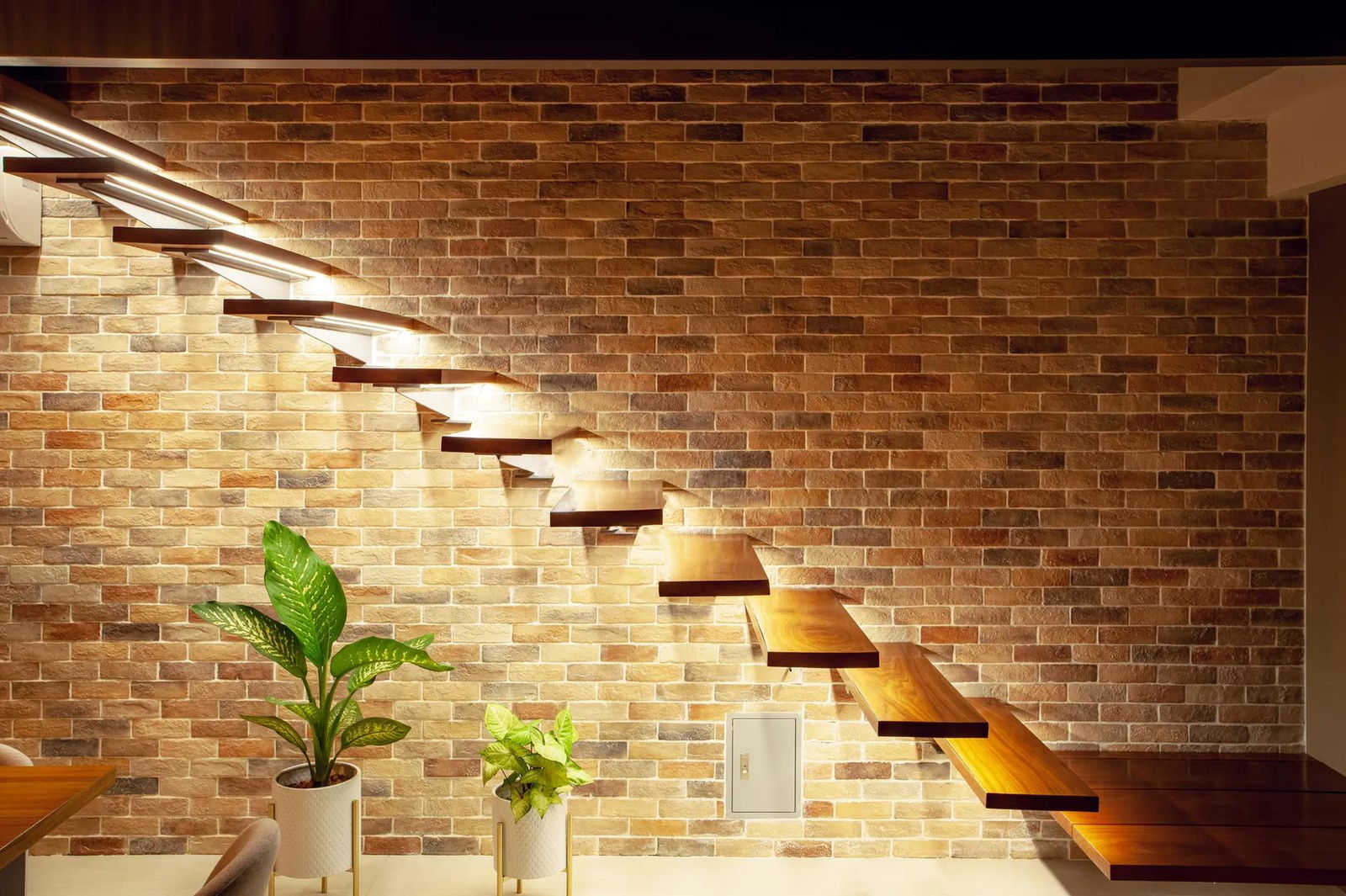
If you are buying a villa for your family, and you are buying it off-plan, it would generally do you good to adjust the layout, hardware, and materials to match your preferences, tastes, and lifestyle. Rental properties can benefit from customization as well but require a different direction. You want to make the property more attractive for rentals. but you want to avoid excessive personalization. The villa should offer flexible and functional spaces that can be used by different people as it fits their stay, and it should be built with rental use in mind.
Luckily, on Phuket most developers are well aware that their buyers want a rental investment, so in most cases, the architects and designers have already done this work for you.
When it comes to furniture and finishes, the keywords are ‘durability’ and ‘ease of maintenance’. Most new villas actually offer an optional furniture package, and some offer a separate rental package with small items (think towels, kitchenware, decorations) - you can just go for it instead of picking out the furniture and decorations by yourself.
It’s worth investing in energy efficiency, especially if you plan the villa to be rented out on daily basis. Normally for long-term rentals, the tenants pay for utilities, but for daily rentals it’s not practical, so the expected costs are baked into the price. This means that in the latter case decreasing your power bill will allow you to either slightly decrease the rates making the villa more competitive, or increase profit margins. The technical solutions here will include solar panels (highly effective most of the year in Phuket’s climate) and batteries, insulating glass windows, and modern air-conditioning systems.
The case
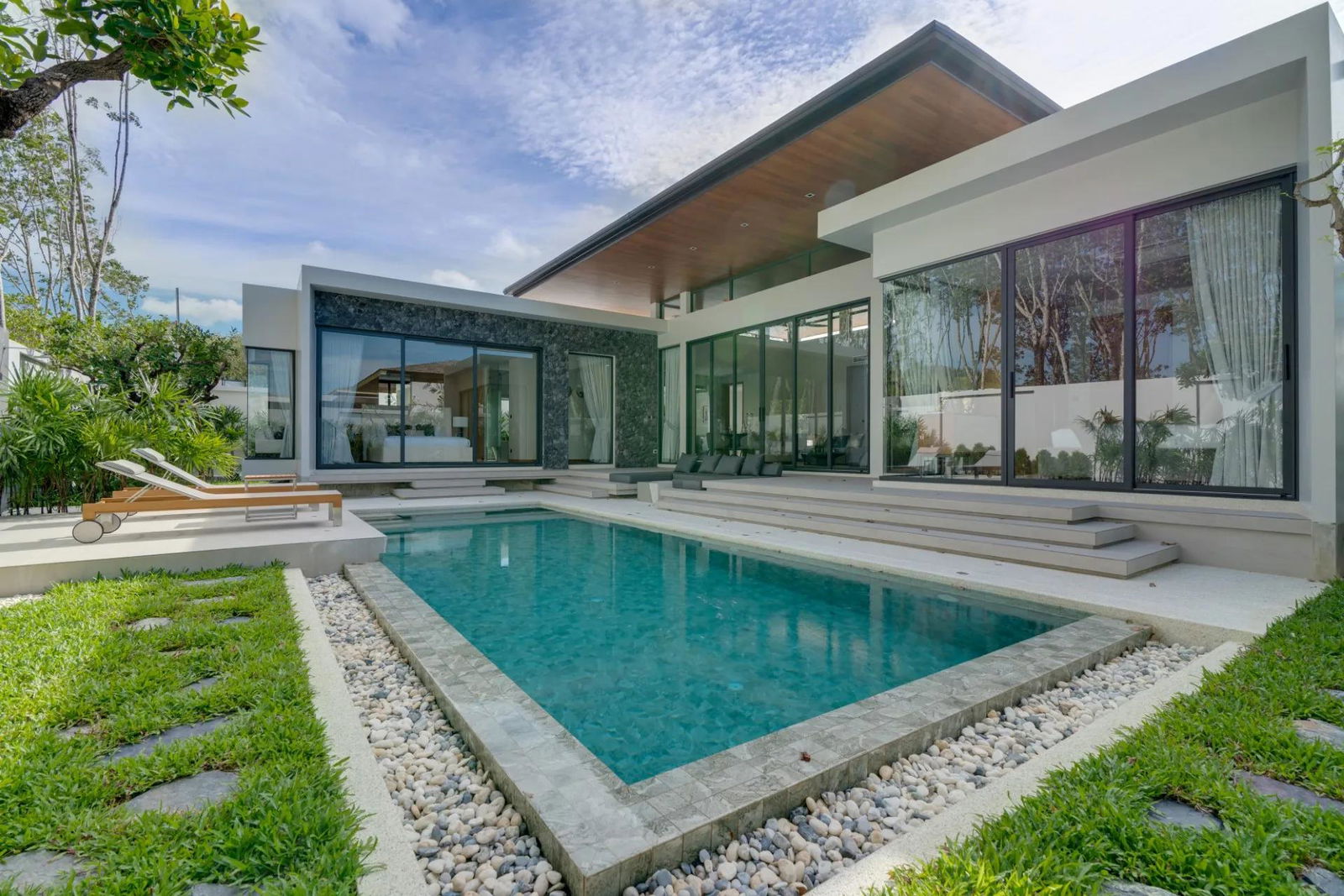
Let’s consider a case from early 2022, where one of our buyers - let’s call her Mrs. I - wanted to buy a rental property on Phuket.
👉 SUNWAY says:
Frankly speaking, due to markets where we operate - Phuket and Samui (also Bangkok, but it’s less relevant here) this scenario - buying a resort villa for investment - is extremely common, so we could as well have gone with any of dozens of similar cases.
Location
COVID was the beginning of the rapid rise of Bangtao into its current role of Phuket’s main hotspot. By 2022 the writing was already on the wall and the land prices in Bangtao proper were rising to the point that would make villa construction not viable outside of luxury and ultraluxury segments. We turned to adjacent areas in Si Sunthon and Cherngtalay districts - easy access to the tourist hotspots, reasonably priced and with good appreciation potential.
Project
For good rental potential, we looked for:
- great architecture and build quality
- design and materials that are appealing, but easy to maintain
- competent property management
- safe and well-maintained environment
- ideally recognizable brand to help with discovery.
We ended up selecting Botanica Modern Loft. It’s a project by a reputable developer (Botanica is arguably the top developer of luxury villas on Phuket), with a great track record, excellent construction quality and designs (the founder of the company is a prominent architect). The villas are built in a modern style and had proven popular with foreign tourists and Thai buyers of holiday villas alike (especially with younger crowd who responded well to the contemporary design). Botanica also has an excellent property management team, and their villas are very popular for rentals.
👉 SUNWAY says:
Another advantage that we admittedly didn’t anticipate at the time is that surprisingly few of Botanica’s buyers during and post-COVID actually bought villas to rent them out (the same goes for some of their competitors as well). We don’t have formal statistics on that (likely nobody has), but observing the rental market, we couldn’t help but notice that unexpectedly few of their villas are ever listed. Eventually, the matter popped up in conversations with the developer and some of our colleagues, who confirmed that most of their buyers bought villas for self-use (either as holiday homes or permanent residences).
The villa
Mrs. I at our suggestion ended up selecting a 3 bedroom, 4 bathroom 330 sqm villa on a more modest 468 sqm plot. The price (after we negotiated a respectable discount) was ~19.7M THB. The buyer ended up taking the developer’s excellent furniture package.
The villa was off-plan, with an installment plan available for the construction period (~18 months).
The numbers
You can see the installment plan and payment details below:
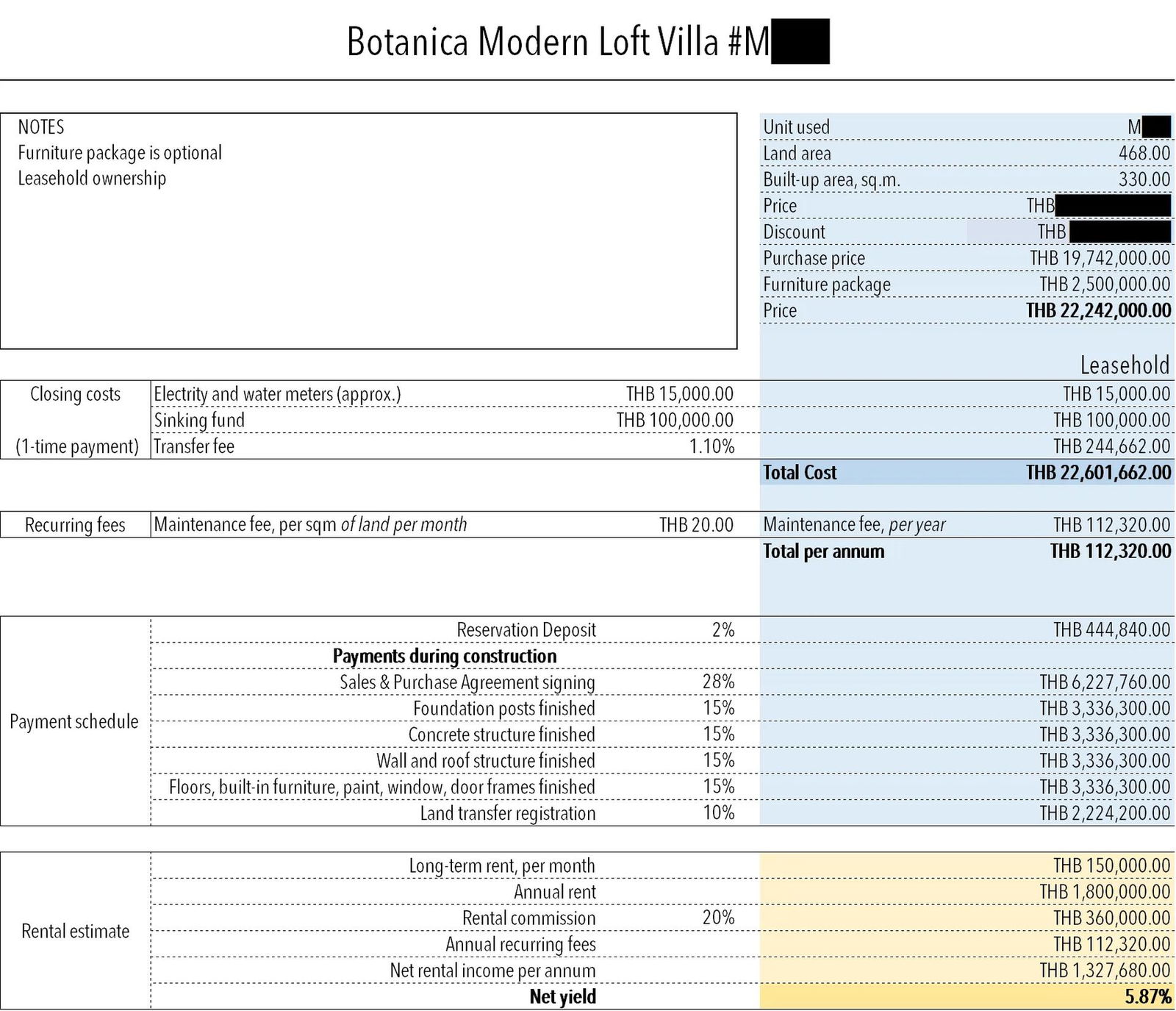
👉 SUNWAY says:
Several sidenotes regarding the rental estimate (see at the end of the breakdown above):
The estimate was given in 2022 at the moment of purchase.
The estimate is given for long-term rentals (for simplicity and to provide base-level reference). Short-term rentals would incur higher expenses (on consumables, listing platforms fees, etc) and higher commission from the rental management company, however, would produce a substantially higher return (even accounting for increased commission/expenses).
Now that it’s 2024, the estimate has proven to be extremely conservative on our part. A cursory glance at open market listings shows the cheapest available villas for rent in Botanica Modern Loft starting at 250k THB per month. Off-market listings we are aware of are all well over 200k THB/month as well. Short-term rentals for high season are at least twice that rate. The villa is currently (December-January 2 months high-season contract) rented out for 550k THB/month, with several long-term contract offers lined up.
Phuket rental market is anomalously hot at this time, due to a number of structural and geopolitical reasons, and we do expect the returns to, well, return to a more reasonable level at some point, but it’s safe to assume that Mrs. I villa won’t rent for less than 200k THB/month in foreseeable future.
Final thoughts on buying a villa on Phuket for investment
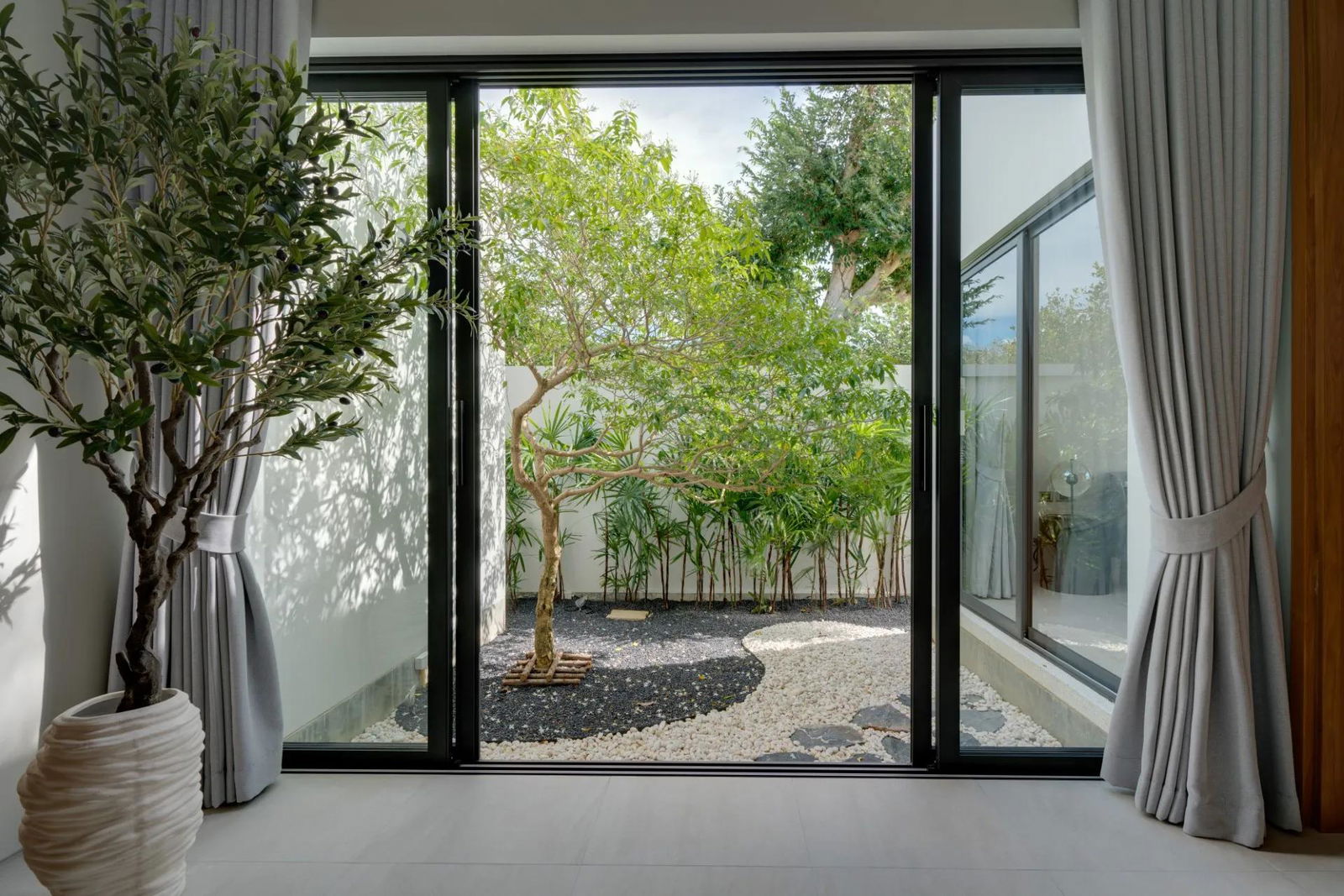
There's no arguing that Mrs. I is now a happy owner of a very lucrative rental property. However, seasoned Thai property investors among our readers will ask: “Guys, that’s all good and well, but those are 2022 prices. Those are just-starting-to-recover-from-COVID prices. Where am I going to find a premium, well-built 3-bedroom villa on Phuket in 2024 under 20M THB?”. Well, you can if you know where to look. And knowing where to look is our job.
👉 SUNWAY says:
Actually right now the same developer has a project where you can buy a 3-bedroom villa for 16.9M THB - Botanica Pru Jampa.
It’s located in a coming-up area, nearby a new landmark 6.6 billion THB wellness resort mega-development. The villas are well-designed and tick all the boxes for an investment property. If this sounds interesting - don’t hesitate to contact us to learn more.
